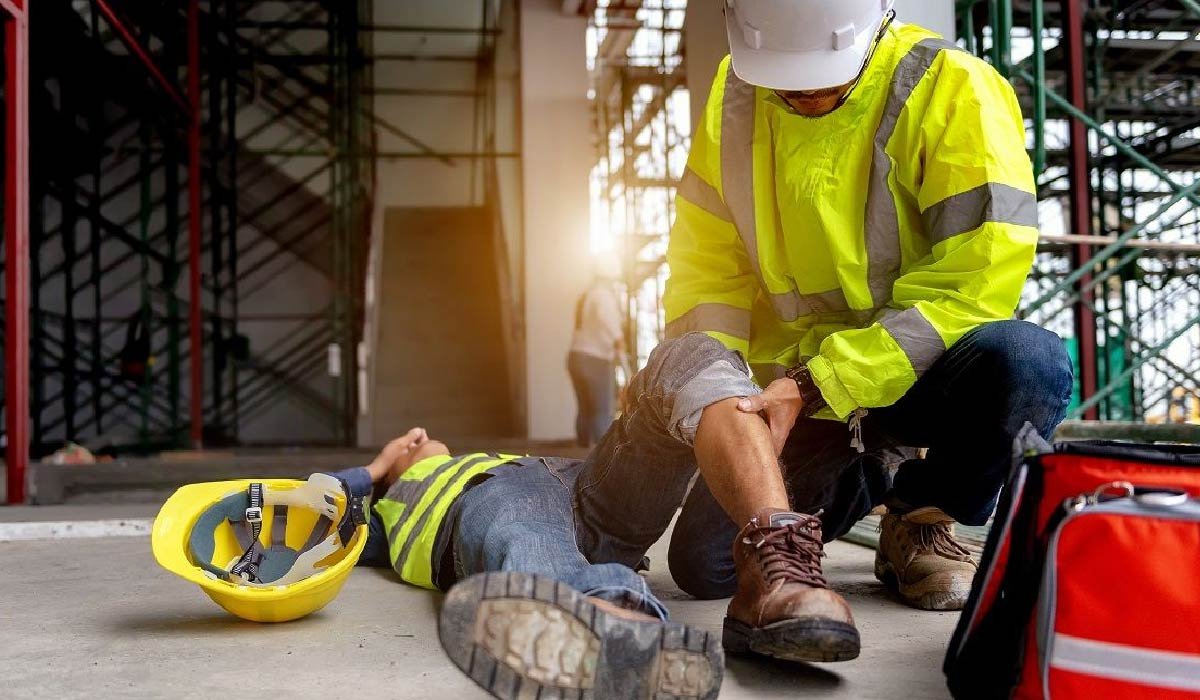Business
How Construction Sites Keep Workers from Getting Hurt

Construction sites are full of noise, machines, and activity. People are carrying heavy tools, working high up, and moving around all day. With so much going on, it might seem like a dangerous place to be. And yeah, if safety wasn’t a top priority, it definitely would be. But construction workers don’t just show up and hope for the best—they follow strict safety rules and use special equipment to stay protected. Let’s break down how they do that.
Keeping Workers Safe Starts Before the Job Even Begins
Before anyone even picks up a tool, there’s already a plan in place to make sure the site is safe. Every step of the job gets thought through in advance so any potential risks can be spotted early. If something looks like it might go wrong, there’s usually a solution already lined up.
Take access issues, for example. If workers need to reach the roof or span a wide platform, ladders won’t always cut it. That’s where aluminium access walkways come in. These walkways give workers a solid, reliable surface to walk on—even in high or awkward spots. They’re designed to handle heavy loads, stand up to tough weather, and help prevent slips. And because they’re made from aluminium, they’re much lighter than steel or wood, making them easier to move and set up without compromising strength.
Safety Gear That Actually Keeps You Safe (Not Just Stylish)
Hard hats, gloves, goggles, steel-toed boots—yeah, they might look like standard gear, but they’re doing a whole lot more than just checking a box.
Hard hats? They’re your first line of defense against anything that might fall or swing your way. Gloves protect your hands from cuts, burns, or nasty chemicals you’d rather not touch. Goggles keep dust, sparks, and flying debris out of your eyes so you can see what you’re doing. And those steel-toed boots? They’re the reason your feet stay intact if a tool gets dropped or you step on something sharp.
Then there’s the high-vis gear—vests and jackets in neon colors with reflective strips. These make sure workers stay visible on busy sites, especially around moving equipment or when the light’s fading. It’s simple but incredibly effective.
And for jobs at height, safety harnesses are a must. They strap securely around the body and clip into anchor points. If someone slips, the harness catches them before things get dangerous. It’s not just smart—it can literally save lives.
Signs, Barriers, and Markings: A Map to Safety
Walking around a construction site isn’t the same as walking down the street. There are spots where people aren’t allowed to go, places with loud machinery, and zones where it’s super easy to trip or fall.
That’s why signs and barriers are used all over the place. Warning signs tell people about possible dangers—like loud noises, falling objects, or wet floors. Barriers and cones block off areas where only trained workers should go.
Painted lines and floor markings also help. They guide foot traffic, show where equipment is parked, or point out emergency exits. Even something simple like a “Watch Your Step” sign near a stair can stop someone from getting hurt.
Regular Checks and Maintenance Make a Huge Difference
Even the best safety tools won’t help if they’re broken or worn out. That’s why workers do regular checks on all the gear, tools, and machines they use. If something looks damaged or isn’t working right, it gets fixed or replaced right away.
This also goes for bigger stuff, like scaffolding, ladders, and walkways. A loose screw or a cracked plank can turn into a big problem fast. So everything gets inspected, even things that don’t move much.
Some workers even have jobs focused just on safety. They walk the site, look for hazards, and make sure everyone’s following the rules. If something’s wrong, they fix it fast or stop work until it’s safe.
Training Helps Everyone Know What to Do
Knowing what to do in a tricky situation is a big part of staying safe. That’s why every construction worker goes through training—sometimes even before they step foot on a site.
They learn how to handle tools, lift heavy stuff the right way, and spot signs of danger. They also learn what to do in case of fire, electric shock, or if someone gets injured. There are drills for emergencies so everyone’s ready, just in case.
New workers usually shadow more experienced ones at first. That way, they get to see how things work in real life, not just in a training video.
Good Communication Means Fewer Accidents
One of the biggest ways to avoid accidents is simple: talk to each other. Workers use radios, hand signals, or even just shout (when it’s safe) to let others know what’s going on.
If a crane is moving a heavy load, the operator needs to know exactly when and where to lower it. If someone sees a slippery spot on a walkway, they tell the crew right away so it can get fixed.
Toolbox talks—quick group chats before starting work—help a lot, too. These talks go over the day’s tasks, point out anything new or risky, and remind everyone about safety tips. They only take a few minutes, but they can stop major problems before they start.
Machines That Help Instead of Hurt
Big machines like bulldozers, cranes, and forklifts can be dangerous if they’re not handled right. But when used correctly, they actually make things safer.
Instead of lifting heavy beams by hand, a crane does the job with way less risk. Forklifts move heavy supplies across rough ground without workers having to carry them.
Most of these machines also come with built-in safety features. Backup alarms, flashing lights, and automatic shut-off systems all help keep people safe. Still, only trained workers are allowed to use them.
One Small Mistake Can Cause Big Problems
Even though construction workers are trained and careful, accidents still happen. But most of the time, they happen because someone was rushing, skipped a step, or wasn’t paying attention.
That’s why staying focused is a big part of the job. If someone’s tired or distracted, they’re more likely to trip, fall, or make a mistake with a tool. So breaks are important. A short rest can help a worker stay sharp and alert.
Wrapping It Up
Construction sites have a lot of moving parts, but that doesn’t mean they have to be dangerous. With smart planning, proper gear, clear signs, and regular checks, it’s totally possible to keep everyone safe. Workers are trained, they talk to each other, and they take safety seriously—because no job is more important than staying alive and unhurt.
The next time you walk past a building site and see people wearing bright vests, walking on metal walkways, or using harnesses, now you know—it’s all part of keeping the job safe and making sure everyone gets to go home at the end of the day.
-

 Celebrity12 months ago
Celebrity12 months agoWho Is Mindy Jennings?: All You Need To Know About Ken Jennings Wife
-

 Celebrity1 year ago
Celebrity1 year agoWho Is Jennifer Rauchet?: All You Need To Know About Pete Hegseth’s Wife
-

 Celebrity1 year ago
Celebrity1 year agoWho Is Enrica Cenzatti?: The Untold Story of Andrea Bocelli’s Ex-Wife
-

 Celebrity1 year ago
Celebrity1 year agoWho Is Klarissa Munz: The Untold Story of Freddie Highmore’s Wife
















